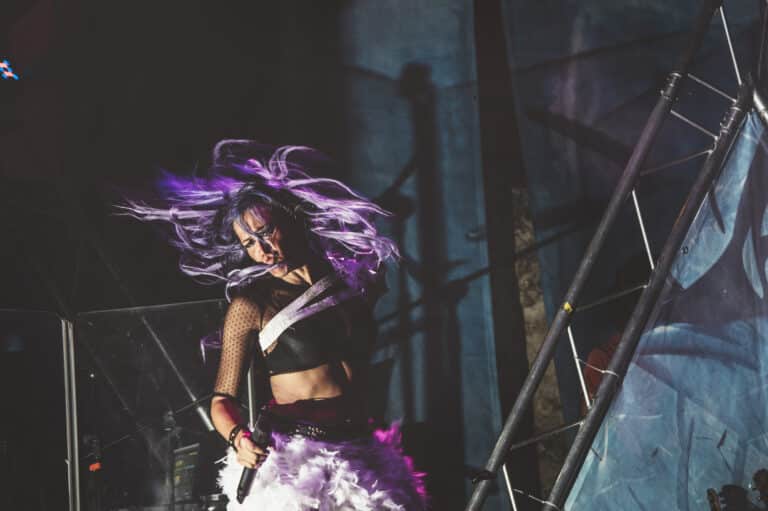Fan clubs have been an integral part of the music industry for decades. They represent the bridge between artists and their most dedicated fans, offering exclusive content, merchandise, and experiences that casual listeners might never access. Over the years, fan clubs have evolved, adapting to technological advancements and changing fan expectations. Let’s delve into the history of superfans and fan clubs, their significance for rock bands, and how new platforms like FanCircles are revolutionizing fan club engagement space.
The Golden Era: Fan Clubs and Rock Bands
In the 1960s and 1970s, fan clubs were all the rage. Bands like The Beatles had legions of dedicated fans who would join official fan clubs to receive newsletters, exclusive photos, and even personalized letters from the band members.
With some of the biggest names in rock, including Iron Maiden, Led Zeppelin, and Joe Bonamassa fan clubs are their secret sauce and generate massive revenues and fandom for them. These bands, with their massive global followings, understood the importance of fan clubs in building and maintaining a dedicated fanbase. Through fan clubs, they could offer exclusive content, early ticket access, and unique merchandise, fostering a deeper connection with their fans.
The Digital Revolution: Fan Club Engagement in the 21st Century
Because of the internet and social media, fan clubs began to evolve. Physical newsletters were replaced by email updates, and exclusive online forums became the new gathering spots for dedicated fans. However, after sites like MySpace disappeared there was a need for a more centralized, personalized space for fan engagement, and that’s not social media platforms either.
As probably the leader in fan club apps, FanCircles offers bands and artists a dedicated app to connect with their fans. As per the information from their official website, FanCircles emphasizes the importance of direct communication, allowing artists to share their content without interference. It’s not just an app; it’s a digital home for fans, and it’s come just at the right time.
FanCircles: The Future of Fan Engagement?
- Direct Communication: FanCircles provides a platform for artists to share their content directly with fans, bypassing traditional media and social platforms.
- Exclusive Content: From live video features to audio streaming, FanCircles offers tools that allow artists to provide exclusive content to their dedicated fans.
- Community Building: More than just a platform, FanCircles fosters a sense of community among fans, allowing them to connect, discuss, and share their passion for the music.
In Conclusion
The evolution of fan clubs reflects the changing dynamics of the music fandom. From physical newsletters and fan mail to digital apps and online communities, the core principle remains the same: fostering a deep, meaningful connection between artists and their fans. With platforms like FanCircles leading the way, the future of fan engagement looks brighter than ever.



